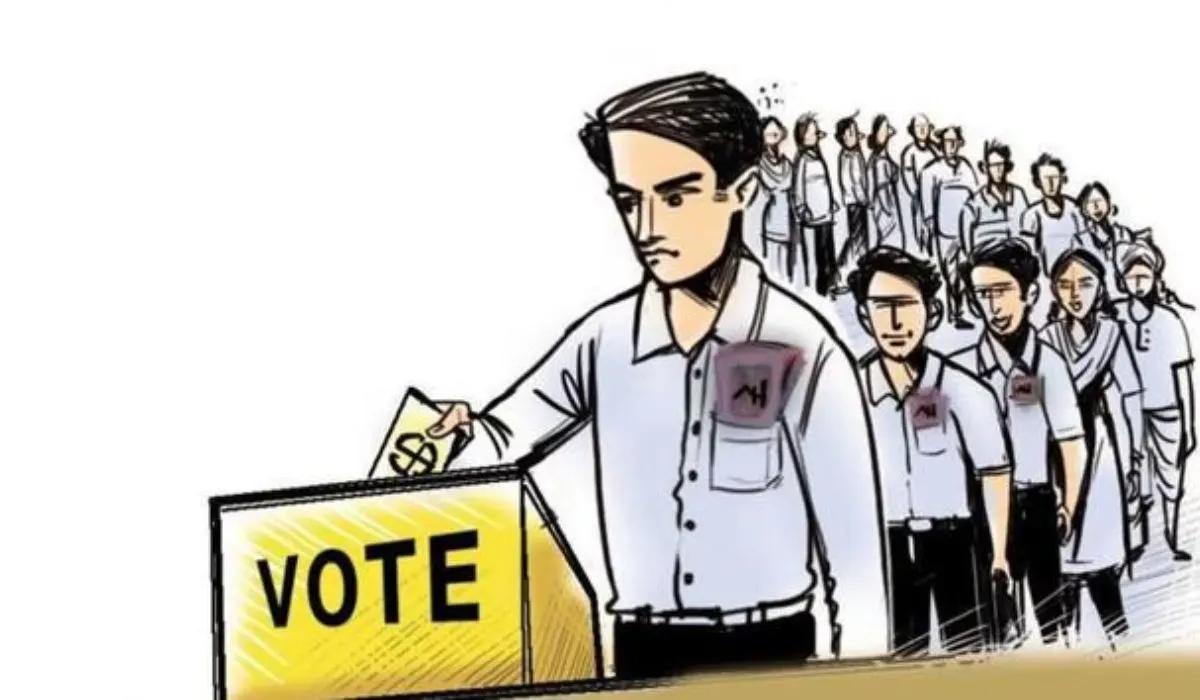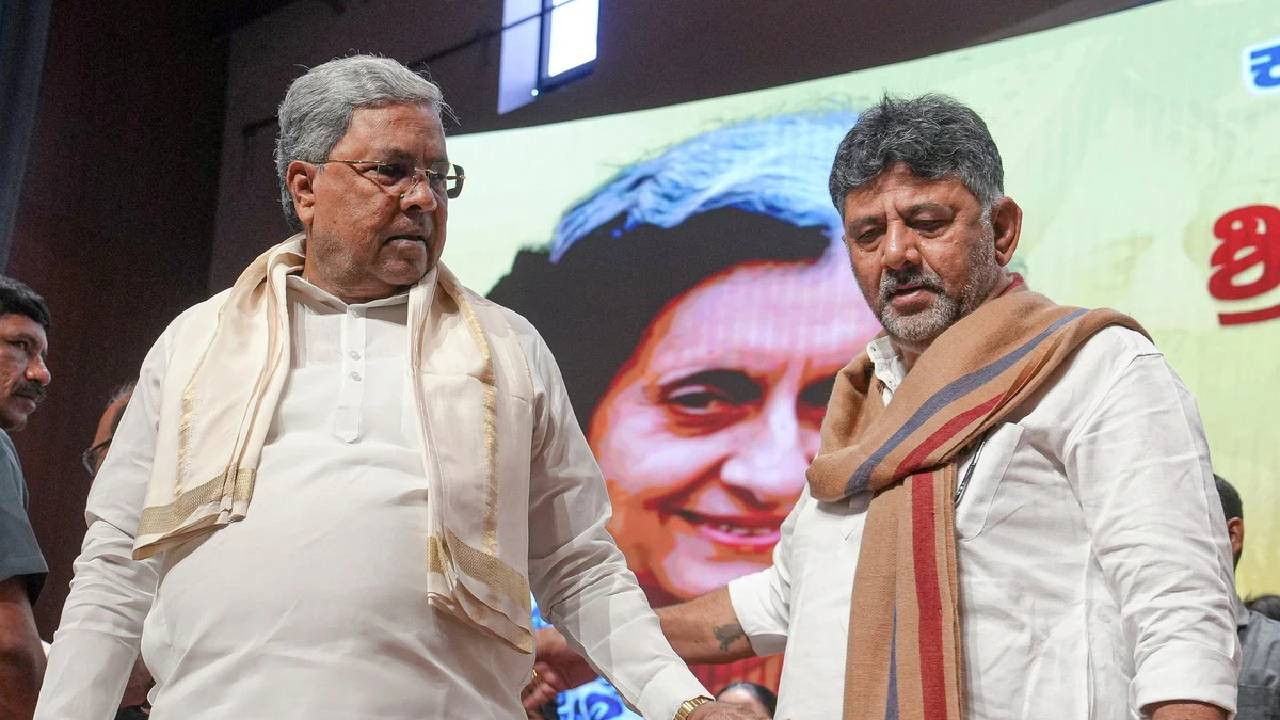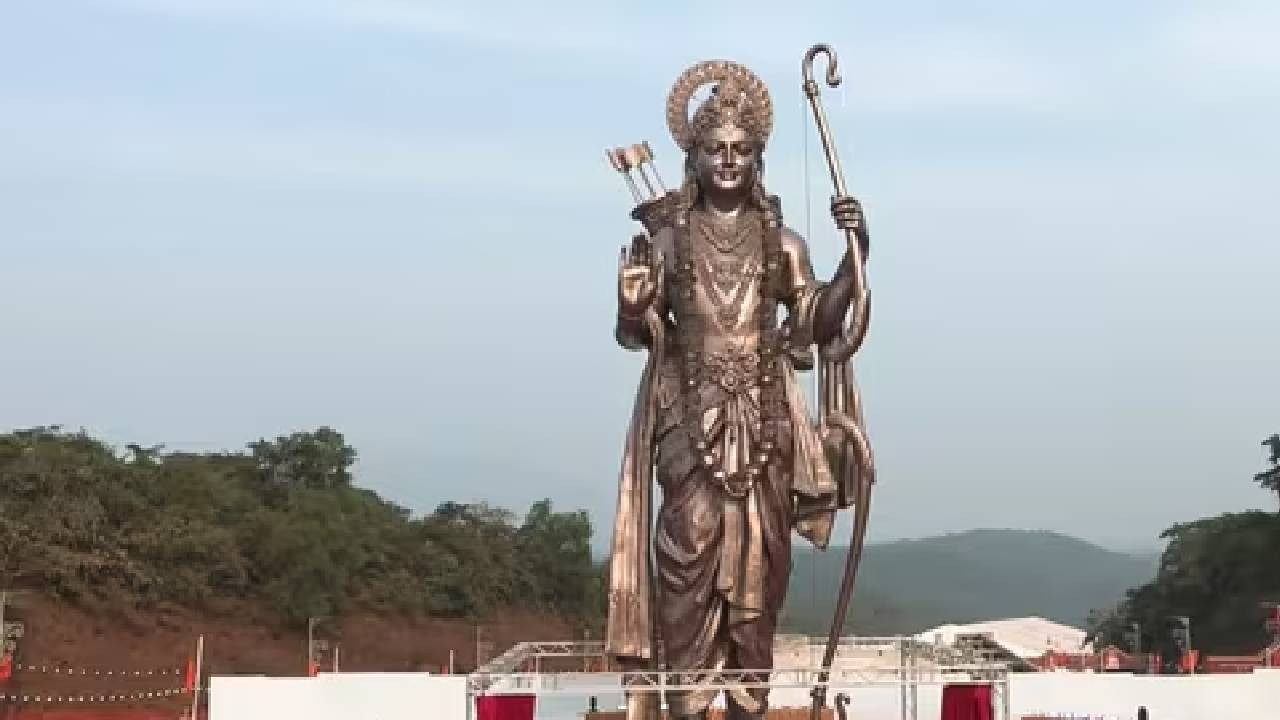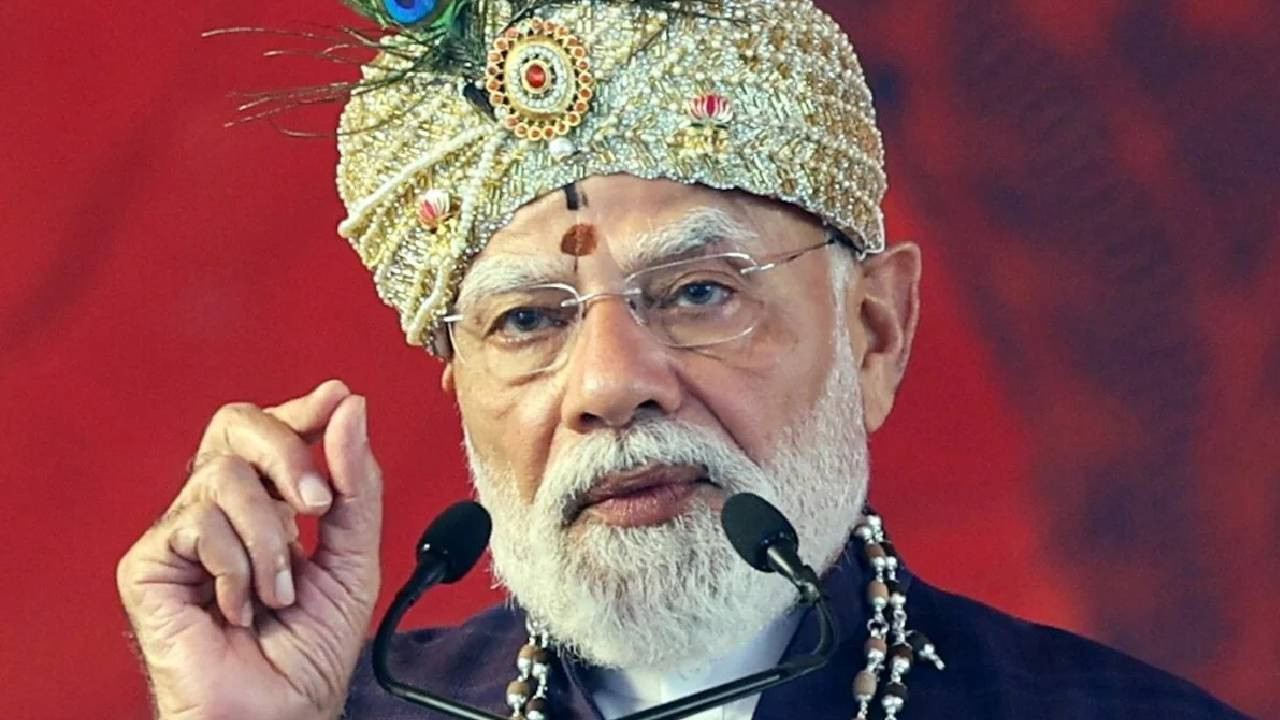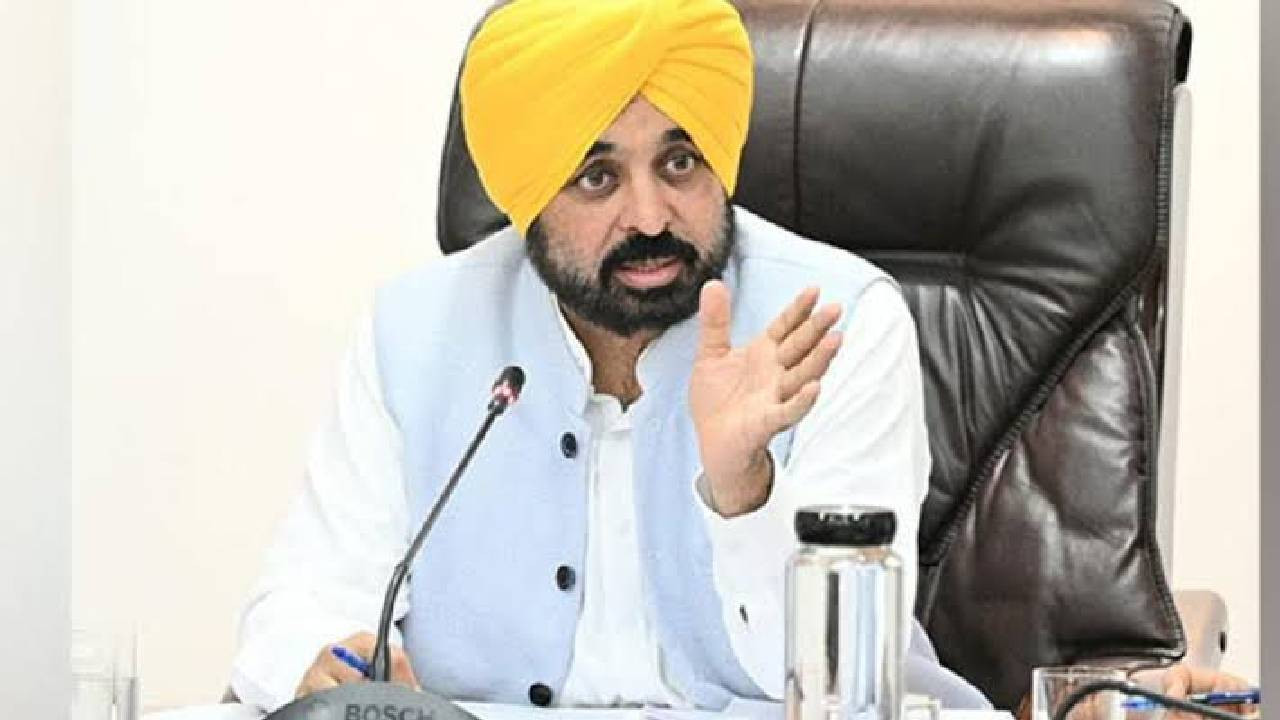The state of Bihar, home to its 70 million eligible voters, is not only a political battlefield, but an Indian democracy in a nutshell. Voting here is a complicated game of self, desire and calculation. Knowledge of voter turnout the percentage of eligible voters who vote is important to understand the political pulse of the state. It is not just a figure, it is a story of people who feel empowered, heard, and who determine the destiny of one of the most populous and politically important states in India.
Why Voter Turnout Matters in Bihar Elections
Voter turnout is actually regarded as a kind of indicator of political health. In Bihar it can portend various things: a hotly contested election in which no vote will be lost, a powerful wave either in support of or against a certain alliance, or the effective mobilization of a certain caste or community. On the other hand, poor attendance can be an indicator of voter apathy, disappointment in the political options or even fear and logistical breakdowns. The bottom line is that the final seat count depends entirely on voter turnup and turnout is the main concern of any political party.
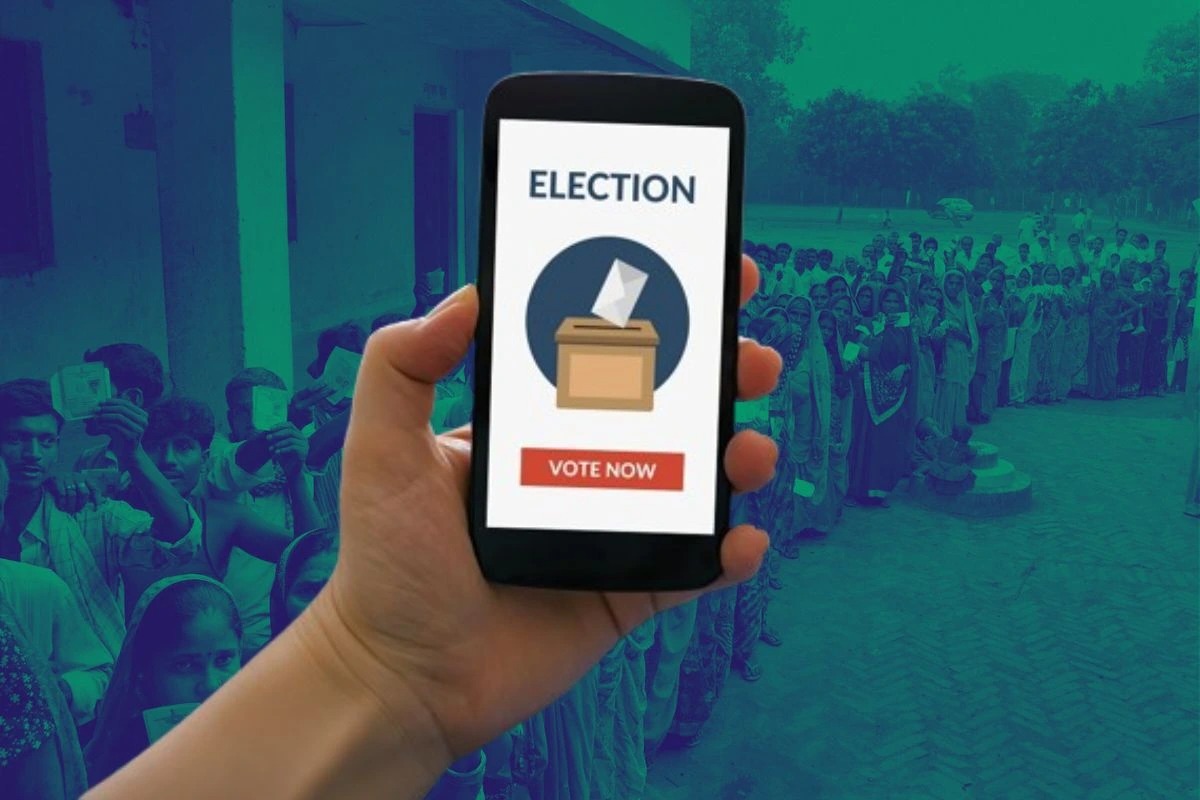
Historical Trends of Voter Participation in Bihar
The electoral history of Bihar has been very interesting. Turnout has been below the national average in decades and this has been blamed on such factors as fear, apathy and lack of competitive politics. The 21st century however, was a dramatic change. This record-breaking turnout of 56.8 in the 2015 Assembly elections was almost the same as in 2020. The increases of this surge are attributed to various factors: the empowerment of Extremely Backward Classes (EBCs) and Mahadalits, a more active role of the women voters, and the developmental and caste as the dominant electoral plank.
Demographic Factors Affecting Voter Turnout
Age and Its Impact on Voting Patterns
The population is very young in Bihar and voting habits among the people are a very vital variable. Although first-time voters may be the main focus of campaigns with their promises of employment and growth, they do not always show up. The feeling of disappointment over promises not being met is in some cases a source of apathy. On the other side of the equation, older voters, who tend to have more firmly established political loyalties and more to lose in the stability of their locality, tend to have higher and more steady turnout in elections.
Gender Differences in Electoral Participation
Closing the gender gap in voter turnout is one of the most encouraging changes in recent elections in Bihar. The turnout of women has even been higher than the turnout of men in most constituencies. This is a tribute to ideally focused empowerment programs, more political awareness and a deliberate attempt by parties and the Election Commission to make a safer place to women voters. But this involvement is not homogenous in all regions and communities, and patriarchal norms continue to be a barrier in certain locations.
Caste and Community Influence
Caste is the basic grammar of the politics in Bihar. Caste mobilization is also a major factor affecting voter turnout. Whenever the dominant caste in a constituency feels directly threatened or has an obvious opportunity, it turns up in large numbers. Classic examples are the consolidation of M-Y (Muslim-Yadav) votes or mobilization of the EBCs by various alliances. Political parties are also adept at the construction of social coalitions and their effectiveness is measured directly by the data of community-wise turnout.
Recomanded to read :- Political Twist in Bihar Elections Pawan Singh Meets Kushwaha, Sparks Election Buzz
Socio-Economic Factors
Education Level and Awareness Among Voters
Voter turnout and education have a strong, but not absolute correlation. College education usually results to increased political awareness and sense of civic responsibility. But in the situation of Bihar, the most educated are not necessarily the most politically aware and high-turnout communities. In this case, community identity and the actual advantage of state patronage is used to promote political awareness as opposed to formal education.
Income Levels and Access to Voting
Huge impediments are poverty and seasonal migration. To a daily wage worker, a day of absenteeism to vote will translate to a day without a wage. Although voting is a Godly thing to do, the economic necessity is grim. This is one of the reasons why the turnout of migrant workers is a significant problem. But in other instances, the interdependence of the economy on local political structures could also result in a situation where people are forced to vote as instructed, which demonstrates a complicated connection between earnings and involvement.
Urban vs Rural Voter Turnout Trends
One of the ongoing trends of Bihar, and of much of India, is the low voter turnout in cities relative to rural locations. The state average is usually higher than that of Patna. Urban voters who are, perhaps more disillusioned and anonymous, express more apathy. Conversely, the electoral participation in rural communities, where social connections are stronger and the interaction with the local government is more direct (Panchayati Raj), tends to be stronger.
Political and Administrative Factors
Influence of Political Campaigns and Candidates
It directly depends on the force and character of political campaigns. A charismatic high-profile candidate can energise voters. It is a well-fought battle between two serious contenders forcing the turnout to increase as parties stop at nothing to mobilize their bases. The national elections factor, the Modi factor or the local credibility of a candidate during assembly elections are potent motivators to the voter turnout.
Role of Party Loyalty and Alliances
Voter turnout has a floor of core voter bases that have been established over decades using identity politics and patronage networks. Parties can be confident of certain percentage of the votes of their loyal supporters. The grand alliances (Mahagathbandhan vs NDA) ease the voter decision and might result in an increase in polarized voter turnout as is observed in recent years.
Election Commission Initiatives and Polling Accessibility
The machinery of administration is very vital. The endeavors by the Election Commission of India to establish polling stations in remote locations, voter-verified paper audit trails (VVPATs) and massive Systematic Voter Education and Electoral participation (SVEEP) exercises have enhanced accessibility and confidence in this process. Ensuring that the polling stations are easier to use to vote particularly among women and the aged has contributed largely to the increase in the number of voters.
Challenges to Higher Voter Turnout in Bihar
Voter Apathy and Disillusionment
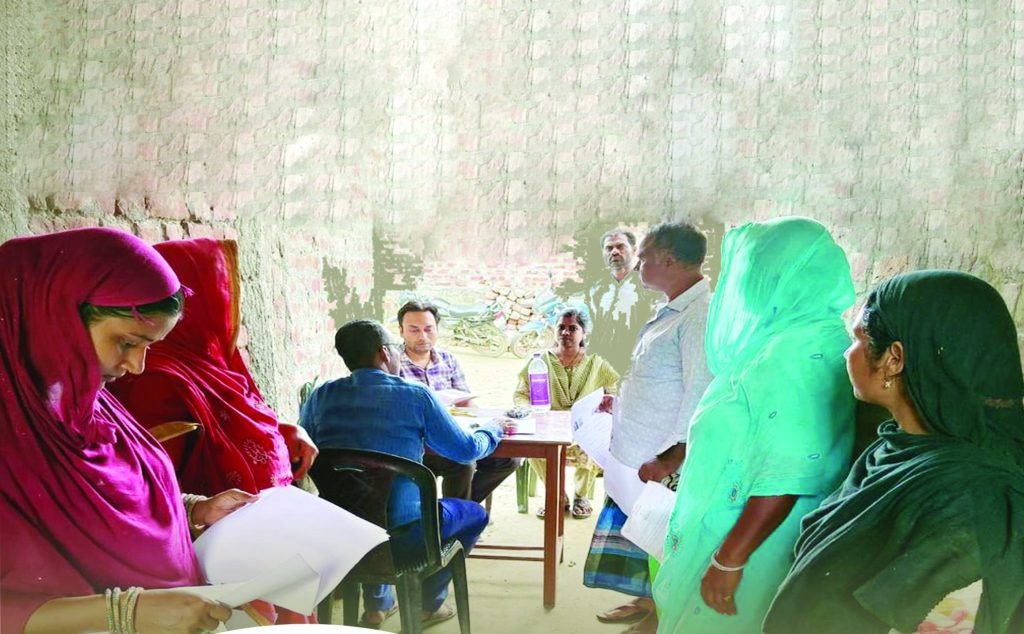
A huge part of the voter base, especially young people and urban middle-class, believe that their vote does not make any tangible difference. Cynical disengagement with the electoral process may result as a result of the perception of corruption, criminalization of politics and failure to focus on developmental issues.
Logistical Challenges: Polling Booth Access
To voters living in riverine (diara) districts, hilly districts or flood prone areas, travelling to a polling station can take a day. Although the EC has reached some milestones, distance to voting points and shortage of transport is still a viable discouragement to most.
Safety Concerns and Law & Order Issues
Although, far much better than the booth capturing age, the safety concerns still exist. In some hyper sensitive regions, the fear of violence or intimidation might just kill the turn out especially among the marginalized groups who may fear being reprisal-ed due to their decision to vote a particular way.
Strategies to Improve Voter Turnout in Bihar
Voter Education Campaigns
During registration drives, it is time to go beyond that and have long-term civic education. The campaigns should center on the strength of the vote of a person, the significance of voting due to specific issues, and the demystification of the electoral process, in particular to first-time and younger voters.
Incentives and Policy Measures
Although a controversial matter, minor items, such as those already experimented (a thank you note, a badge) or a connection of voter turnout to local development claims may be further considered. More importantly, it is a policy intervention to provide proxy voting or more convenient postal ballots to the millions of migrant workers.
Technology-Driven Solutions like Online Registration
The use of technology is important. The technology-sensitive generation can turn the process less burdensome by simplifying online registration and address changes with the help of apps, real-time information on queues at polling stations, and targeted information distribution with social media.
Conclusion – Key Takeaways on Bihar Voter Participation
The tale of voting in Bihar is a tale of unbelievable development that is marred with unending issues. A democratic awakening has been experienced in the state and this has been characterized by the skyrocketing participation of women and marginalized masses. However, it still has to deal with the disillusionment of its young population and the logistical fiascos of its migrant and remote communities. The future of Bihar democracy lies in its capacity to change the way of voting into a mobilization based on identity and turn the process into a conscious accessible and safe exercise of choice by each of the citizens. The increased turnout is encouraging yet when the quality of political discourse and accountability that ensues matches, then the actual victory will be realized.



